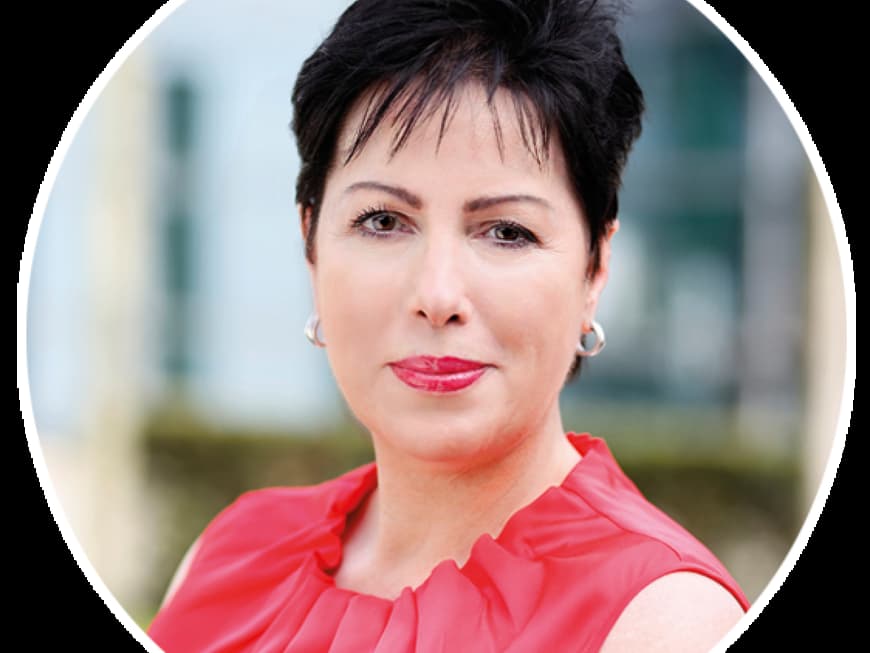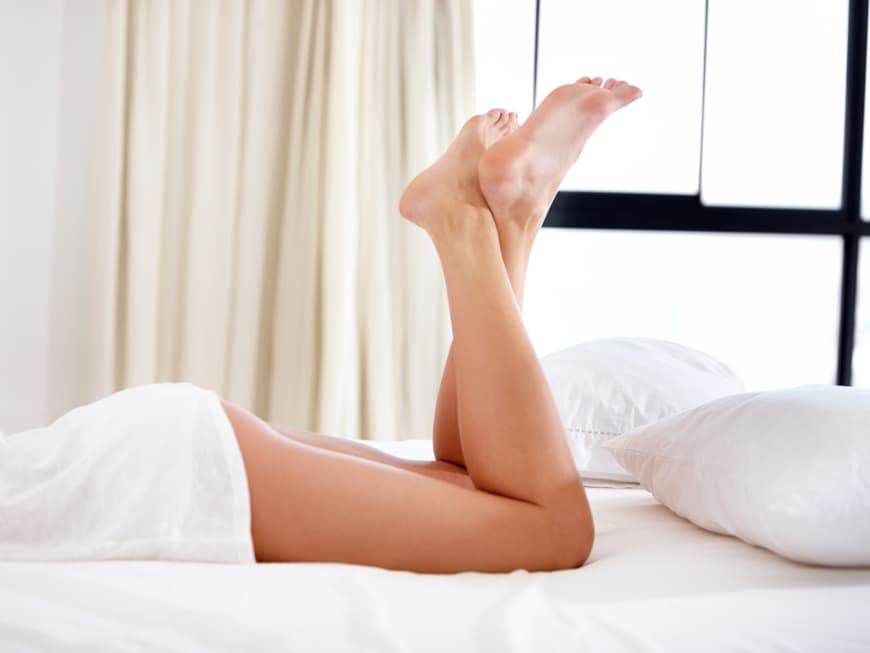
What exactly are venous diseases?
"Vein disease is when the veins can no longer fully perform their task of transporting blood back to the heart. The vein walls slacken, widen and the venous valves no longer close properly. As a result, the blood flows back into the legs and builds up there. The vein walls become permeable. Fluid from the blood leaks into the surrounding tissue, resulting in chronic venous insufficiency. If left untreated, this can lead to venous diseases such as varicose veins, phlebitis and thrombosis."
Are spider veins also a cause for concern?
"No, even if they don't look pretty, they are harmless in principle. But they can indicate the onset of vein problems. You should keep a close eye on the spider veins - and if they get worse, see a doctor. They can then decide whether the spider veins need to be sclerosed."
What are the triggers and who suffers from them?
"The main cause of vein problems is our sedentary lifestyle. This is often compounded by hours of standing and sitting, an unhealthy diet and being overweight. Anyone with weak connective tissue or a family history of previous illnesses also has a high risk of developing venous insufficiency. Many patients have complaints with their veins, especially in the coming warm summer months."
How are the symptoms treated?
"Depending on the stage of the disease, a change in diet, regular exercise in everyday life, medication, compression therapy or sometimes even surgery may be necessary. In the case of incipient or mild venous insufficiency, preparations containing horse chestnut extract from the pharmacy can be taken to strengthen the veins in the long term."
What helps combat veins and what can I do for my vein health?
"It is very important to strengthen the lower leg muscles and relieve the pressure on the veins in the long term. So do sport. Walking, cycling or swimming are particularly suitable. Vein exercises specifically train the calf and foot muscles and activate the venous muscle pump. Comfortable clothing and shoes with flat heels also contribute to relaxation because they do not hinder the blood flow. In the warmer months, cold calf showers are refreshing."
When do varicose veins need to be operated on?
"Varicose veins don't get better on their own, so you should keep a close eye on them. If left untreated, they can lead to inflammation, which can then result in a dangerous blood clot. This may lead to a life-threatening thrombosis in the deep veins of the leg. This can then develop into a pulmonary embolism."
Are visibly tortuous veins also dangerous?
"No, they are not varicose veins yet - but they could become so one day. So the same applies here: You should definitely keep an eye on them. If you can already feel the veins, it is definitely better to have them checked by a vascular specialist, a so-called phlebologist, when the opportunity arises."
Recognizing venous insufficiency
How does the change feel?
The main symptoms are heavy and tired legs - especially in the evening. A tingling and burning sensation can also indicate this, as can a feeling of tightness. Sometimes the legs also hurt. And: the feet are sometimes hot and itchy. Typical of venous insufficiency: the pain is not limited to certain areas, but runs through the entire calf.
Another indication: the calf is harder and reacts with pain to pressure. It often changes shape and feels different. Most sufferers notice the first signs from the age of 30 or later. An ultrasound examination is a good way of assessing the condition of the veins. If the venous valves are defective, the doctor can recognize this.
What helps against varicose veins and venous disease: The 3 best exercises
Standing up: Support yourself against a wall. Roll your feet alternately from heel to toe on a ball cushion. This makes the exercise even more effective: lift your knee up to your hip after rolling. 10 times per leg
In a sitting position: Sit on a chair with your back straight and legs closed. Straighten your left leg and alternately bend and straighten your foot. Then pivot the tip of the foot inwards and outwards. 10 times per leg
Lying down: Lie on the floor with your calves on a firm cushion. Loop an exercise band around one foot and hold it with your hand, then pull the tips of your feet in and stretch them. Press the foot firmly against the band while stretching. 2 x 30 seconds.


